Resin vs Filament 3D Printers: Is an FDM vs SLA Printer Right for You?
3D printers clock in at increasingly affordable prices. Coupled with excellent functionality, a 3D printer is a must-have in any maker space. However, not all 3D printers are the same. For one, you'll find different features such as self-leveling beds, varying print speeds, and the ability to print with various materials including filament, resin, and even food. When selecting a 3D printer, you'll first need to figure out whether a resin vs. filament 3D printer is best. Compare FDM vs SLA printers and discover which fits your needs!
Resin vs Filament 3D Printers: What is an FDM Printer?
In the 3D printing space, you'll multiple varieties of 3D printers. The most common type of 3D printer uses filament. Known as a fused deposition modeling or FDM printer, it employs strands of material such as plastics. During the printing process, thermoplastic filament is melted, then progressively layered on the print bed to create the desired object.
FDM vs SLA Printers: What is an SLA Printer?
While an FDM printer uses some type of filament, an SLA printer or stereolithography apparatus printer uses resin. The SLA printing process however remains similar. Objects are produced layer by layer. Yet the material differs. Rather than melting down a plastic such as PETG or ABS and allowing it to harden, a resin 3D printer utilizes a UV light to harden a liquid resin, or curable photopolymer in a process known as curing. Generally, a resin 3D printer builds from top to bottom, with the platform lifting out of its pooled resin. For a light source, SLA printers use lasers or digital light processing (DLP), which is often found in many home theatre projectors.DLP vs Laser 3D Printers
Although resin 3D printers operate mostly the same, there are a few key differences when comparing DLP vs laser 3D printers. Largely, speed varies. Laser SLA printers are often considerably slower than DLP resin printers because of a tiny laser beam surface. With DLP printing, layers harden much faster. When selecting between SLA printers, you'll need to decide between DLP and laser technology. On the whole, DLP SLA printers are slightly faster, and boast increased reliability along with easier maintenance. The ease of use associated with DLP resin 3D printers derives from DLP technology's widespread use in home theatre and business projectors. Still, laser printers offer a high-quality option as well.
Filament 3D Printing Cost vs Resin 3D Printer Cost
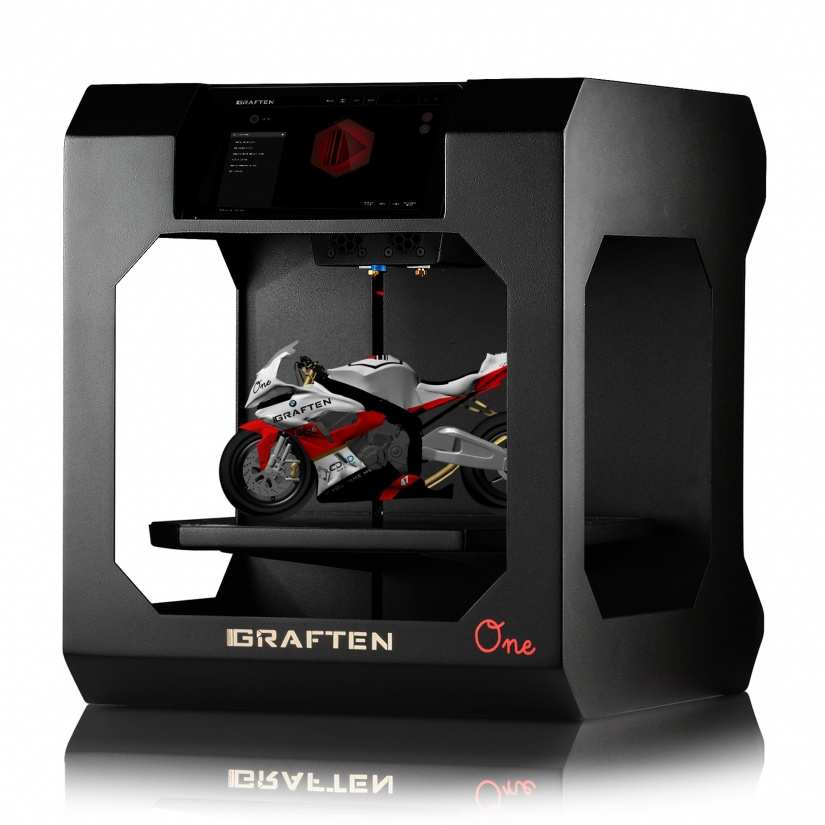 Arguably the most crucial factor when deciding between a resin 3D printer and a filament-based 3D printer is price. Indeed, even a budget 3D printer doesn't necessarily come cheap, although many affordable printers including the Anet ET4 clock in well under $500 USD. FDM printers can be had pretty cheap, with some even clocking in under $200. Entry-level SLA printers now abound with excellent options such as the Elegoo Saturn and Mars Pro.
Arguably the most crucial factor when deciding between a resin 3D printer and a filament-based 3D printer is price. Indeed, even a budget 3D printer doesn't necessarily come cheap, although many affordable printers including the Anet ET4 clock in well under $500 USD. FDM printers can be had pretty cheap, with some even clocking in under $200. Entry-level SLA printers now abound with excellent options such as the Elegoo Saturn and Mars Pro.
Yet there's more to cost than the base printer price. In addition to a printer, you'll need accessories such as filament or resin and parts such as extruders and nozzles. Upkeep of an FDM 3D printer is far cheaper, with a spool of PLA filament retailing for $25 or under. Filament 3D printing is relatively inexpensive since nozzles aren't required to replace that frequently, provided regular cleaning and maintenance.
A resin 3D printer, on the other hand, demands both resin and frequent resin tank replacement. You might also consider picking up a wash and cure machine, or at least a standalone curing chamber. With the introduction of budget resin printers, SLA printing has surpassed filament printing. Still, FDM printers are great and the price difference is nearly negligible.
Winner: SLA printers
Resin vs Filament Printing Quality
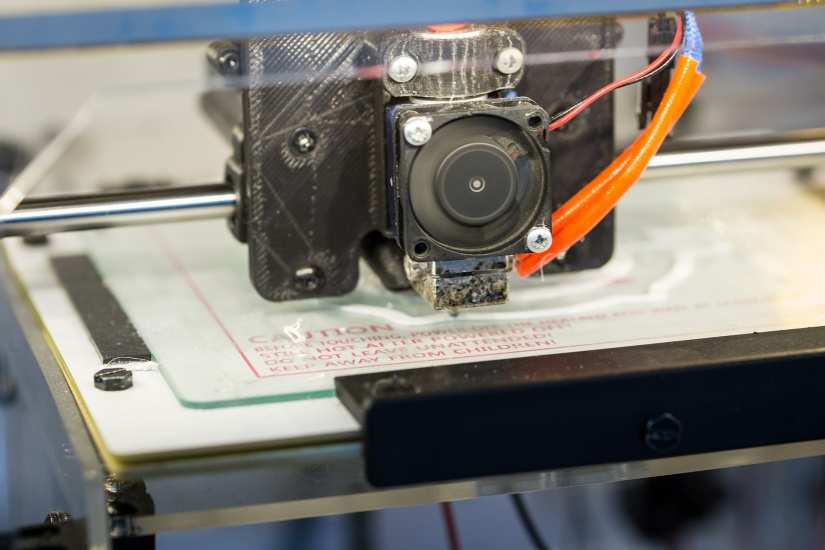 Aside from cost, quality is a major consideration in comparing FDM vs SLA printers. Filament 3D print quality is contingent on several factors including extruder precision and nozzle size, as well as adhesion between layers. In filament printing, layer bonding is pretty slow when contrasted with SLA printing. While layers slowly squeeze, the top layers can create issues for lower layers such as warped layers, shrinkage, and shifting. Final FDM models will still look gorgeous, and you can always perform some post-processing.
Aside from cost, quality is a major consideration in comparing FDM vs SLA printers. Filament 3D print quality is contingent on several factors including extruder precision and nozzle size, as well as adhesion between layers. In filament printing, layer bonding is pretty slow when contrasted with SLA printing. While layers slowly squeeze, the top layers can create issues for lower layers such as warped layers, shrinkage, and shifting. Final FDM models will still look gorgeous, and you can always perform some post-processing.
SLA printers boast superb quality. For one, there's less force applied during the 3D printing process. Furthermore, a laser or projector determines fine details which leads to extremely precise, high-quality print jobs. Therefore, resin 3D printing yields top-notch final products when compared with filament 3D printers.
Winner: SLA printer
SLA vs FDM Printers: Ease of Use
Regardless of 3D printer type, there's a slight learning curve. You'll need to have a level bed, load your printer material properly, and master 3D printing software. Plus, final prints must be removed from the print bed. It's pretty easy to remove most FDM models. While bed adhesion occurs, a simple palette knife works wonders when lifting a print from its bed. Likewise, post-processing often requires snipping off a few bits of excess plastic. Sanding to ensure a smooth surface may be necessary as well.
SLA prints are slightly more cumbersome to remove from a print bed since there's likely a boatload of resin left over. Again, a palette knife should remove this extra resin, but it's considerably more than merely popping up a model off a print bed. After removal, you'll need to wipe down 3D printed objects with isopropyl alcohol to wash off a layer os resin. It's probably about the same amount of effort as filament 3D printer post-processing.
Winner: Filament 3D printer
Filament 3D Printers vs Resin 3D Printers: Which 3D Printer Type is Best for You?
A filament 3D printer is best for the vast majority of users. FDM 3D printers boasts a low-cost entry point into the 3D printing realm, and remain ideal for budding hobbyists, and even most enthusiasts. The printing process is much faster and more affordable, though this comes at the detriment to quality. That's not to say that FDM print quality is poor, just that SLA print quality is better.
You should buy a resin-based 3D printer if you're concerned with extremely precise details. For mass production, SLA printers are excellent purchases, and it's one of the main reasons they're common in industrial setting. Either way, you really can't go wrong. 3D printing is a fun hobby with tons of utility for the end user. Looking for some rad models to print? Take a look at the best websites for 3D printing models!
Your turn: What 3D printers are you using?






























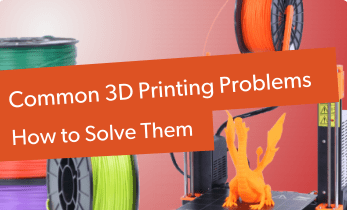


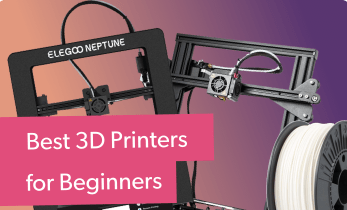
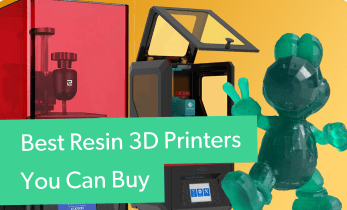
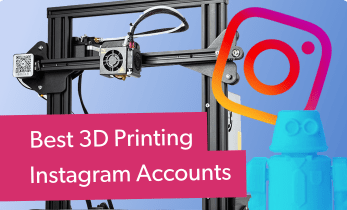
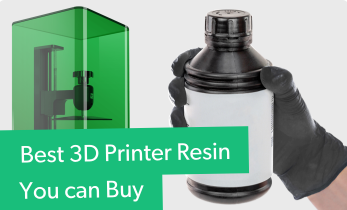



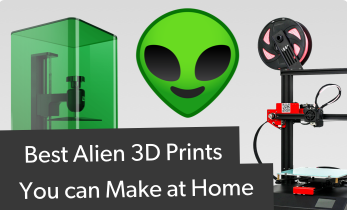


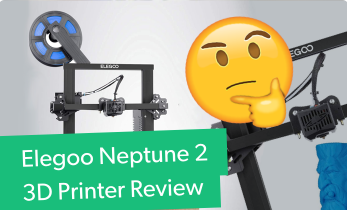


Leave your feedback...